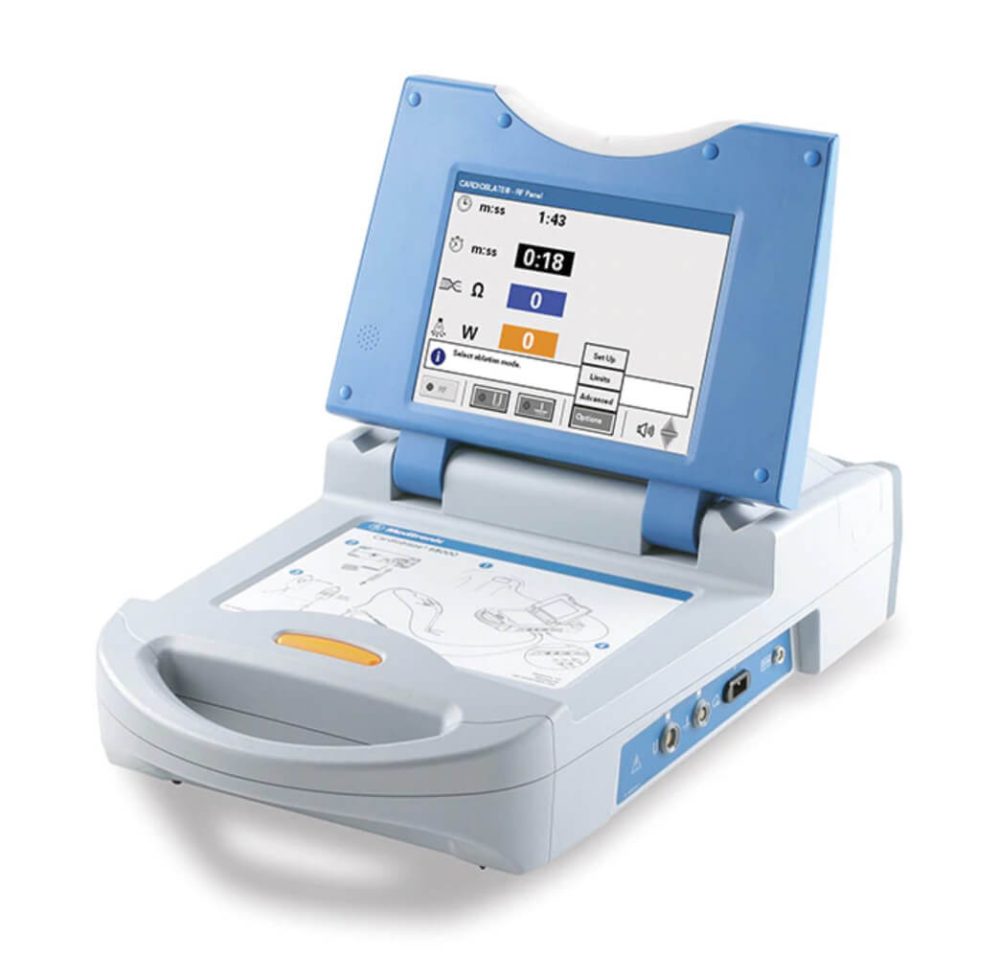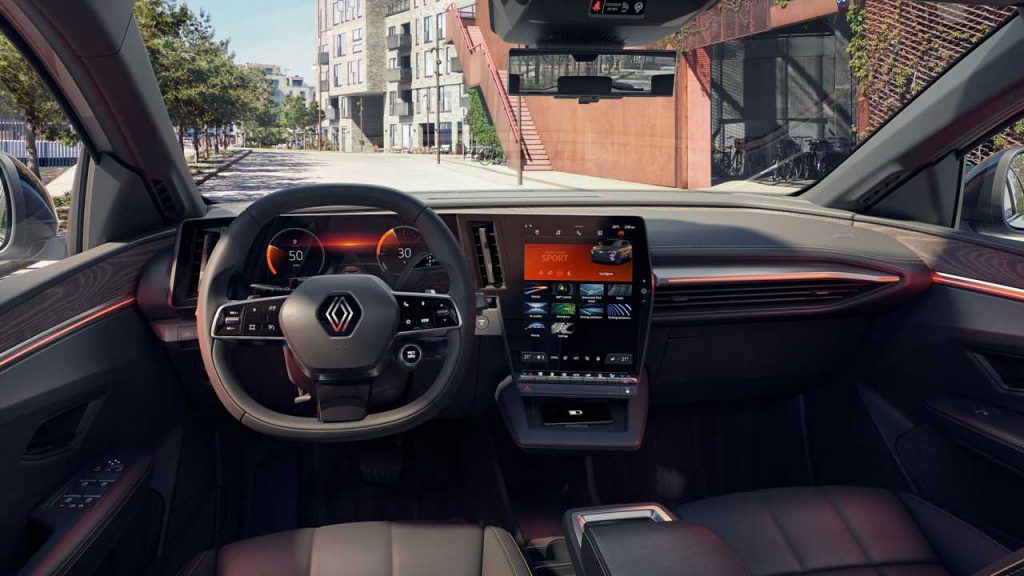Medtronic Develops FDA-Certified Medical Device with Touch Screen and Multi-Language Support
The Challenge
Physicians and clinicians must employ many varied devices to treat their patients. They don’t have the time or inclination to specialize in individual devices. The goal of medical device manufacturers is, therefore, to create ever more intuitive inter-faces that let doctors perform more procedures with greater speed and safety.
When Medtronic set out to re-design the user interface of the RF generator used in the Cardioblate® 68000 and Prostiva® products, ease of use was paramount. Though the generator could end up in quite different medical arenas (a clinician’s office for the Prostiva® or an operating room for the Cardioblate®), an improved UI would help keep the focus on the patient, not the equipment. A secondary goal of Medtronic for the user interface overhaul was to create a pleasurable experience that would encourage doctors to associate this easy to use, cutting edge technology with Medtronic.
With the tried-and-true control algorithms already in place, the engineers could focus on designing the new interface (including multi-language support), integrating the new UI into the current software layer, and choosing a suitable touch screen. Throughout the development process, the team wanted to remain constantly flexible and responsive to new ideas and alternative designs. They wanted the Human Factors group and product research to be able to pro-vide the framework for the look and feel of the interface.
Not having the rudimentary specifications for an interface is a paralyzing scenario for a typical graphics programmer. Medtronic chose this approach, however, as a way to let the market determine what the interface should contain and how it should look. Altia tools let them quickly prototype numerous interfaces and ship them off to team members and customers while using the same graphics for the custom device hardware in the lab.
It was decided relatively early that the device would run VxWorks on a StrongARM processor. Naturally, using standard WindML objects was considered for creating the interface. However, this was not going to be a standard GUI. Delivering a ho-hum product for UNIX programmers was unacceptable. The device needed to be easy to pick up and use. One-size-fits-all widget libraries would result in a compromised interface that did not have the look or features that customers wanted. Hand coding custom widgets each time a component was tweaked or re-designed would take far too long to program. Moreover, soliciting the opinions of many different people (even those with no VxWorks system) was critical to defining the right GUI.
The Solution
Using Altia Design, Medtronic was able to prototype the interface and experiment with changes. Altia Design is built for creating custom GUIs and Altia DeepScreen turns those interactive graphics into pure source code that can run on a variety of hardware targets. Altia fit seamlessly into Medtronic’s development cycle. Engineers would use Altia to draw a GUI component or bring in an image and when they generated code, Altia would take care of everything. They were free to focus on the user interface, not the low-level details of displaying pixels on a screen.
In the finished layout, the Altia project had all the pieces of the UI that would appear on the screen of the actual device. These components could send and receive events to and from the under-lying code via Altia’s API. To the side of the actual interface, Medtronic engineers also added a control panel that let them simulate these same events without running on the actual hardware. This was essential for letting anyone with a PC try out the behavior. The GUI was presented to a wider audience and thus received much better feedback.
With Altia DeepScreen’s selective code generation capability, when they wanted to create code to try on their VxWorks lab setup, they could select the main screen, generate code for VxWorks/WindML, and compile in their main application with the Altia API. To create a Windows version for sales representatives, marketers, and managers, they would select the main screen and the control panel, then generate code for Windows. Both platforms used the same main screen graphics and the control panel generated communication events exactly like the source code on the target would.
These standalone Windows executables were particularly helpful for collaborating with translators. Using the control panel, a translator could scroll through any message and see it in various status windows. Furthermore, Medtronic organized their interface such that an external resource file was used for setting up the dynamic text strings in the display. Translators could make changes to this ASCII file and see how the new text looked. A huge amount of time was saved because they didn’t need to send anything back to the engineers to compile.
This control panel had another unexpected benefit. It allowed the engineers to test all of the event handling and get the interface behavior modeled before the lab setup was completely assembled. Medtronic engineers found that using simulated devices before they had real hardware really helped compress the schedule.
Quick editing and automatic code generation even helped finalize the hardware. Various displays were auditioned with actual generated graphics to see if the screen was appropriate. Engineers could check performance in areas such as readability, resolution, brightness, size, and layout.
The Results
With a great deal of feedback from customers and team members, Medtronic engineers got the right device to market. The Cardioblate® and Prostiva® products are using Altia DeepScreen generated code to drive their displays.
Additionally, after the initial product was delivered, the engineers recognized how easy it would be to use Altia to create a companion utility. They created an application derived from the main GUI and source code for use in customers’ calibration labs. Since this interface just had some extra controls and hooks into the underlying software, it was turned around very quickly. Making changes to future versions of the actual product interface with similar speed is an exciting prospect.
Going forward, Altia and the base library of components that were developed by the Cardioblate® and Prostiva® teams can be leveraged to quickly create other GUIs. Those displays can all have the same branded look and feel – interfaces will no longer be dictated by a widget set included with the RTOS. The RF generator and any other products designed with Altia will be instantly recognizable as Medtronic devices.
After their successful experience with the RF generator, Medtronic engineers are al-ready using Altia to develop the next generation of medical device interfaces. They can forego more traditional, time-consuming, and expensive code-based GUI toolkits and instead use Altia’s more robust, easier custom graphics approach. Innovations like this keep Medtronic a step ahead in the effort to deliver devices that are safer, faster, and cheaper.





